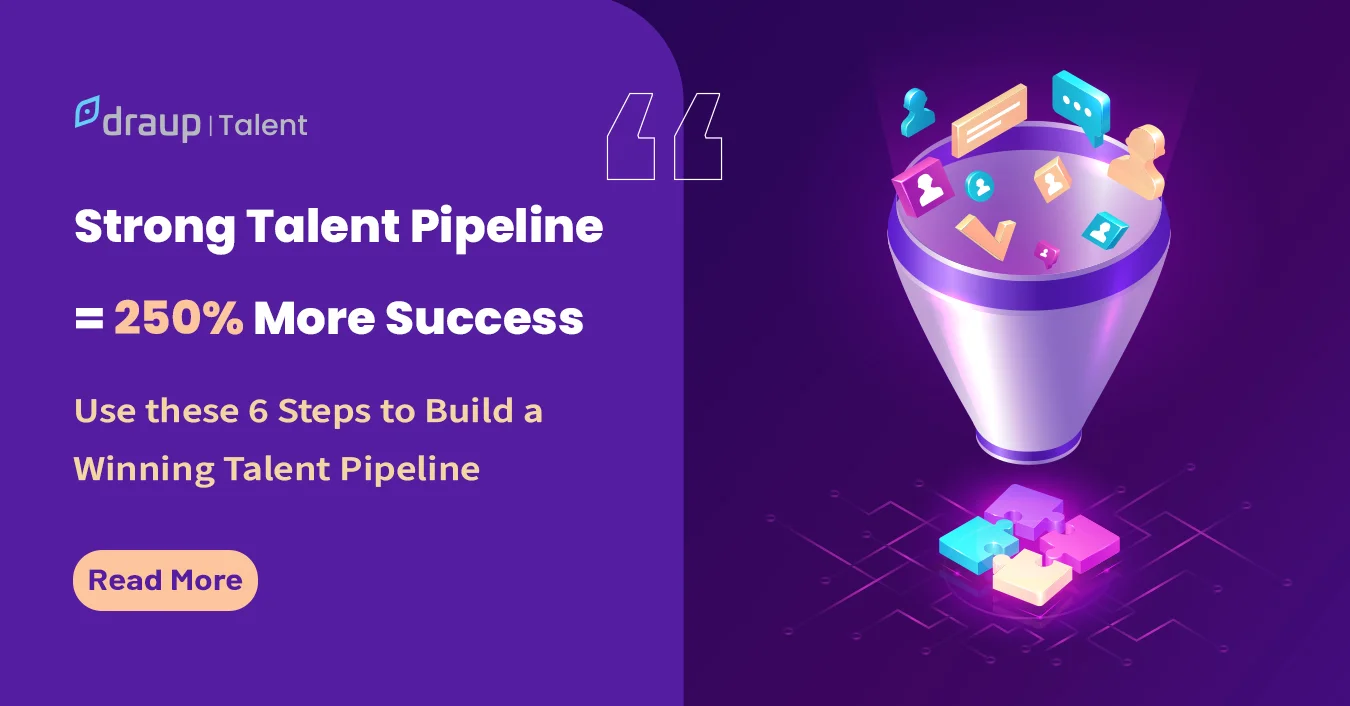In today’s dynamic realm of talent analytics, especially in the GenAI era, the ability to access, analyze, and interpret talent data is critical for strategic decision-making. If you’re deeply involved in talent or sales analytics, you understand the significance of obtaining precise, timely, and relevant insights into talent trends.
That’s why we’re excited to introduce Curie, a natural language interface designed to effortlessly query job descriptions and associated talent data. Curie, leverages cutting-edge Generative AI LLMs like ChatGPT, LlaMa or Claude and Retrieval Augmented Generation (RAG) framework which empowers us with a deep understanding of complex queries in talent data analytics.
Retrieval Augmented Generation (RAG) is a model that harnesses LLM-based systems to access external knowledge sources, like organizational data, achieve acccurate generation. RAG operates on two fundamental principles:
- Retrieval involves acquiring pertinent data in response to user queries, often accomplished through Semantic Search. In our Curie system, we employ Entity Recognition technique to facilitate data extraction via internal APIs.
- Augmented Generation utilizes the retrieved data as context for LLMs, significantly enhancing the ability to generate contextually relevant responses to user queries.
Additionally, the RAG model ensures the use of the most up-to-date data to address queries without the need for periodic LLM retraining. This approach promotes factual consistency, enhances response reliability, and mitigates the issue of “hallucination”
Introducing Curie
At its essence, Curie operates on a RAG framework, enabling it to draw insights from approximately 400 million job postings and their associated entity data in mere seconds. Curie is aimed to enhance user experience by offering a seamless, natural query interface. Previously, querying many of these datasets necessitated interactions with extensive data, and due to UI constraints, some queries were simply not feasible. However, with our new product, what once seemed impossible can now be accomplished in mere seconds.

Curie pipeline consists of multiple AI models:
- GPT-4 for query understanding and generation.
- Draup’s Language Model trained on talent data for extracting job-related entities job descriptions which are used for data retrieval and analysis.
- 10+ AI models to for standardising the job entities like job role, skills to Draup’s terminologies.

What can Curie do?
Curie can understand and provides nuanced insights over various job-related entities, such as job titles, skills, locations, industries, experience levels, degrees, and many more.
Identifying emerging skills and other entities
- What skills should you have if you want to get hired as a Clinical researcher working in medical domain in Germany?
- Which companies are working in financial related industries?
Analyzing the specific job roles and skill requirements
- Which Gen AI related roles are hired by FAANG companies in Bay area?
- Which Natural language related skills are most in demand for ML engineers in Mumbai?
Analysis of trend over distinct time intervals
- Over the period of last 6 months how has the hiring changed for python developer in bangalore with 3-10 years of experience?
- How has the skill requirement changed for Product developers by Google in India in last 3 quarters?
Comparative evaluations between entities, examining aspects like skill penetration and geographic distribution
- Compare skills required for data scientist vs data analyst with 3-5 years of experience
- Compare small cities with major cities in India based on the num of postings
And much more
Unlike ChatGPT,Curie doesn’t hallucinate or generate any fabricated data and operates with a focus on precision. Our talent insights are firmly grounded in extensive job description data. With each query, we offer direct access to the source job descriptions we relied upon to generate the response. Our users have the choice to examine the source job descriptions and visualize insights related to the query, as demonstrated in the GIF below.

Curie tackles key GenAI product challenges, such as indeterminism, long context management, unstructured responses, hallucinations, data privacy, security, and cost efficiency. Our platform provides a strong, efficient, and secure solution to enhance decision-making.
We are pleased to announce that Curie is now available in Beta and has been released to serve our valued customers.
Looking Forward
As we advance in our vision to continually improve the Draup platform, our objectives are crystal clear. In our forthcoming developments:
Enhanced Conversational Interaction: We’re preparing to launch a more intuitive and interactive conversational interface, elevating user engagement.
Expanded Database Coverage: Our unwavering commitment to depth and accuracy drives us to integrate a wide array of data sources, including profiles, company data, financial reports, news, and more, broadening our analytical capabilities.
Optimized Efficiency: We’re fine-tuning our algorithms and infrastructure to ensure swift query responses while maintaining the utmost precision.
Our Mission
At Draup, we take pride in being the preferred AI platform trusted by global leaders in Sales and Talent management across enterprise organizations. Our mission revolves around equipping decision-makers worldwide with data-driven intelligence, specifically tailored to meet the needs of Fortune 500 companies. Leveraging advanced Data and AI analytics, we analyze vast datasets in real-time, enabling us to deliver actionable insights for our esteemed clientele.
We’re excited about the possibilities of what Curie will be able to do. It’s an important step in achieving our mission of providing talent and sales analysis at fingertips.







